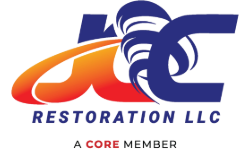Dehumidifiers are an important tool in disaster recovery, as they help to remove moisture from the air and prevent the growth of mold and mildew. When used in conjunction with other measures, such as fans and air conditioners, dehumidifiers can help to dry out wet areas and prevent further damage.
In the aftermath of a disaster, such as a flood or hurricane, homes and businesses can be left with extensive damage. Wet carpet, drywall, and furniture are all at risk of mold and mildew growth if they are not dried out quickly. Dehumidifiers can help to remove moisture from the air, speeding up the drying process and preventing further damage.
Dehumidifiers come in a variety of sizes, and it is important to choose the right size for the job. Smaller dehumidifiers are best for smaller spaces, while larger units are better suited for larger areas. It is also important to choose a unit with a high capacity in order to remove as much moisture as possible.
When using a dehumidifier, it is important to monitor the humidity level in the room. The goal is to keep the humidity level below 60%, as this will prevent mold and mildew growth. Dehumidifiers can be set to run continuously or on a timer, and it is important to empty the unit regularly in order to prevent it from overflowing.
Source Links:
https://www.usfa.fema.gov/downloads/pdf/publications/fa_263.pdf
https://www.cdc.gov/mold/cleanup.html
https://www.epa.gov/mold/mold-remediation-in-schools-and-commercial-buildings
